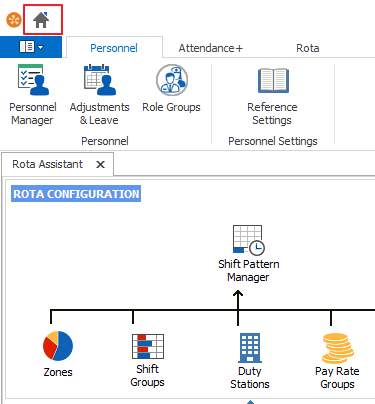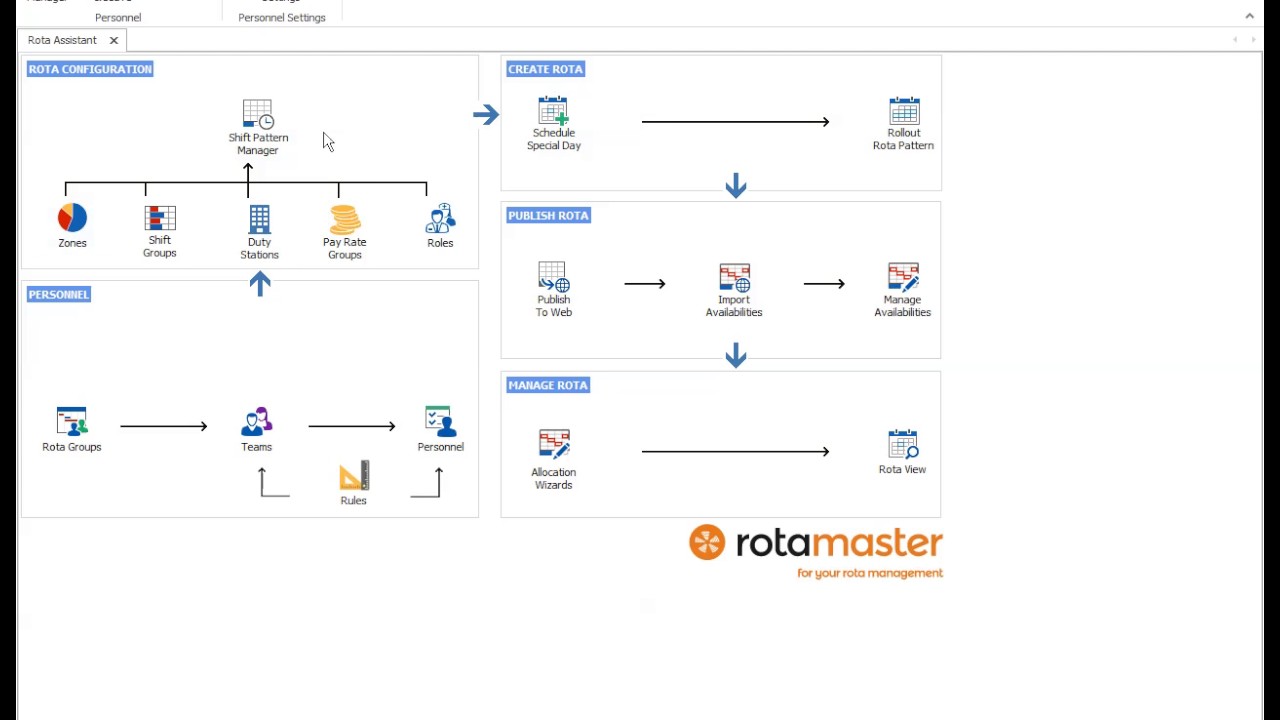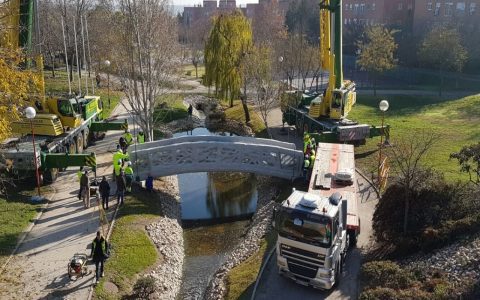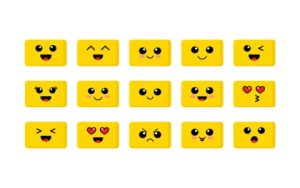Mastering rotoscoping requires precision and efficiency. These professional techniques streamline the process:
Core Skills Development
Master Bezier Curves: Utilize minimal points for smooth curves. Employ tangent handles strategically to match complex motion.
Plan Motion Segments: Break movements into logical sections (e.g., limb swings). Work sequentially for temporal consistency.

Advanced Software Techniques
Harness Planar Tracking: Combine with manual roto for challenging elements like hair against dynamic backgrounds. Use trackers as position guides for keyframes.
Edge Feather Variation: Apply variable feathering based on depth and motion blur. Simulate natural blur transitions for realism.
Workflow Optimization
Proper Plate Preparation:
- Apply temporal noise reduction before starting
- Enhance edge contrast with unsharp masking
- Convert log footage to working color space
Strategic Keyframing: Place keys at motion extremes (apex of movement/direction change). Use forward/backward animation for fluid arcs.
Problem Solving Tactics
Transparency Handling: Use layered mattes for semi-opaque elements. Treat specular highlights as separate passes.

Motion Blur Approximation: Create directional blurs aligned with movement paths. Match plate blur characteristics precisely.
Quality Assurance
Artifact Detection: Toggle between RGB/Alpha views. Check mattes against both dark and light backgrounds.
Jiggle Test: Temporarily displace matte positions to reveal edge inconsistencies.
Consistent practice with these methods significantly enhances isolation quality and speed. Focus on developing spatial awareness and predictive motion analysis skills.







